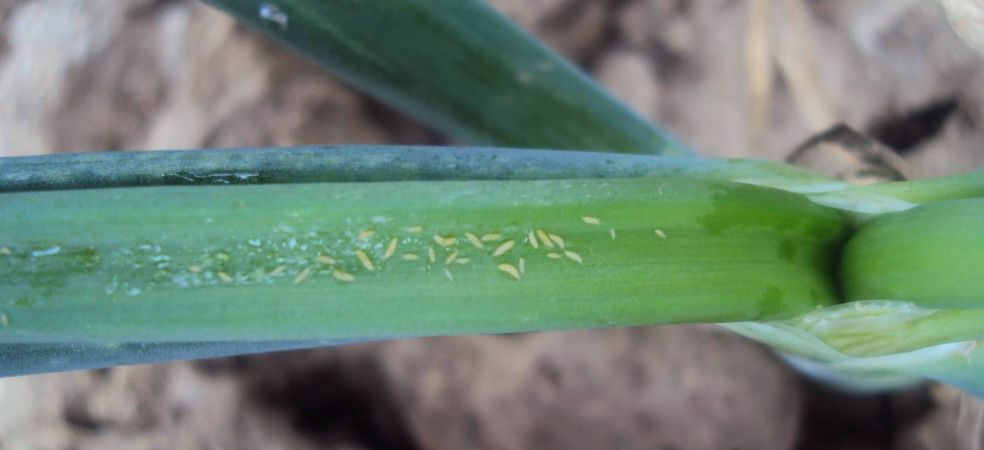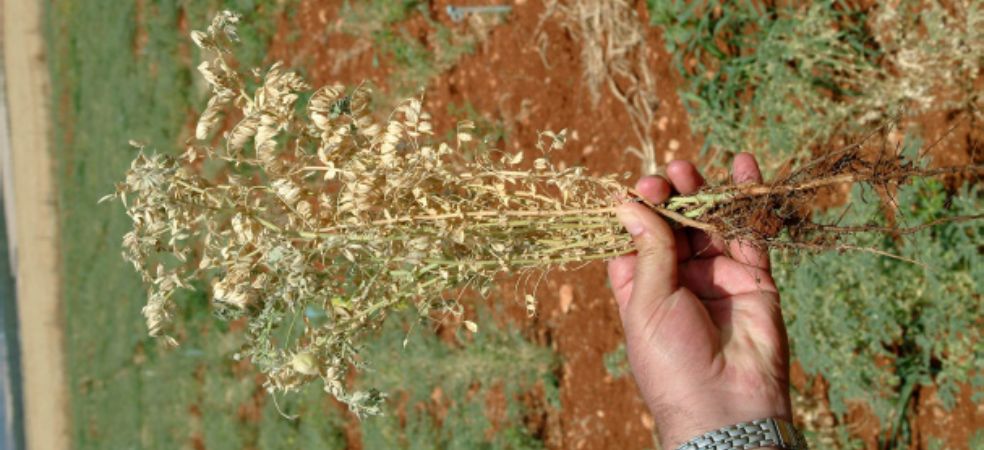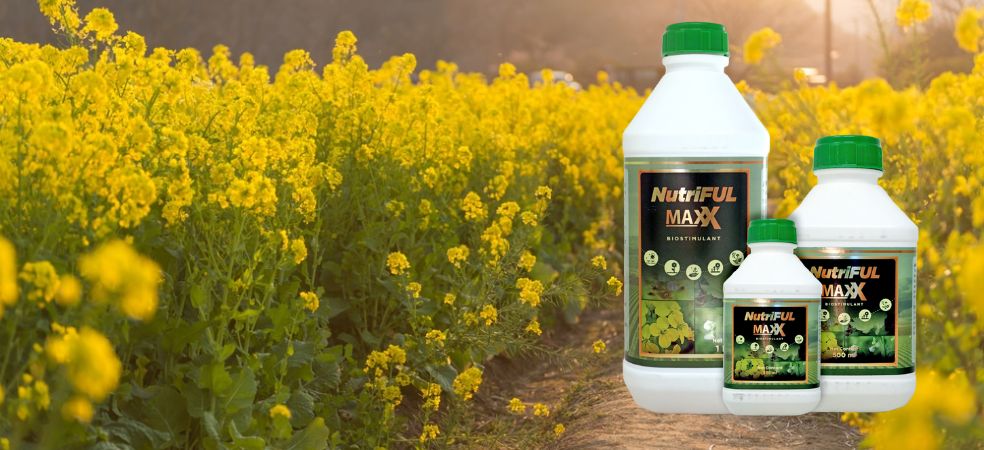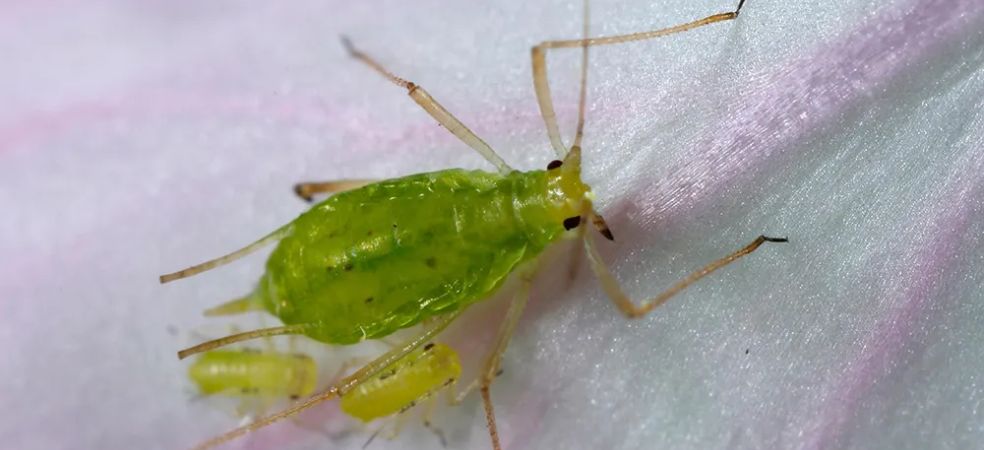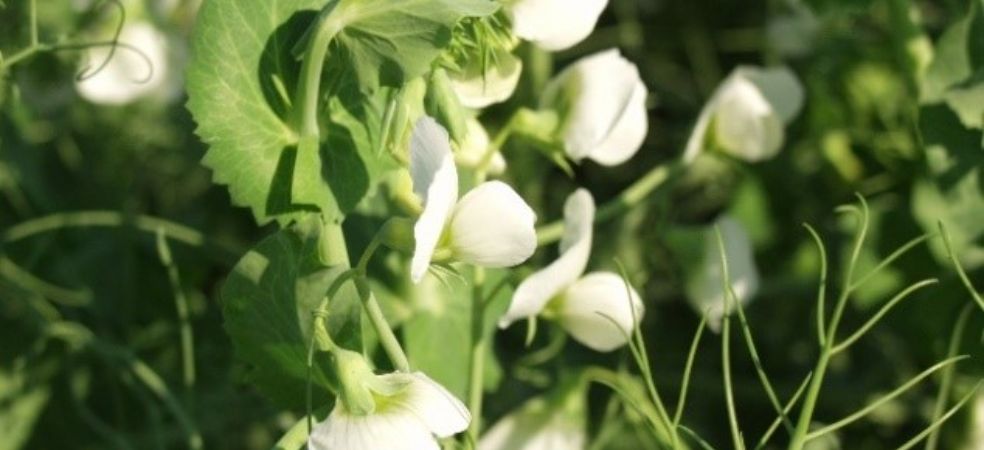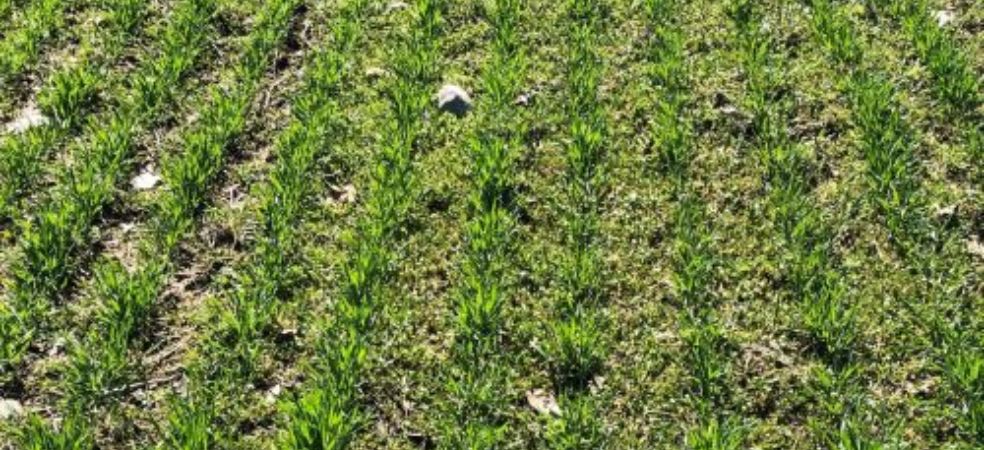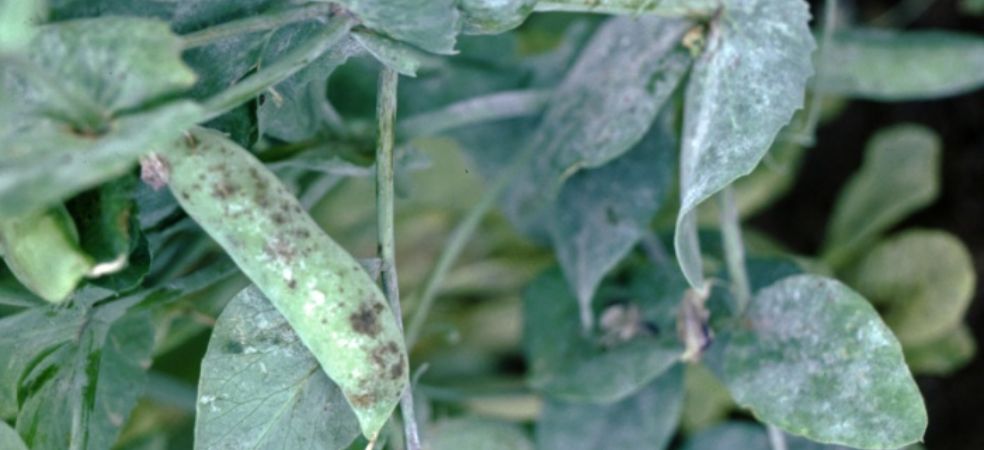Thrips: Both the young and adults of this insect suck the sap by scraping the leaves of the onion. Damaged leaves appear bright white, which later become twisted. and dries up. It is also called Jalebi disease.
Purple blotch: Symptoms of this disease first appear as small, water-soaked lesions, which develop white centres. As they age, the lesions turn brown to purple, surrounded by a yellowish area. Sometimes, the bulbs also get infected.
Control measures: For control of this pest, Spray LOC – 5 (Lambda-Cyhalothrin 05% EC) @ 120 ml or Jump (Fipronil 80% WG) @ 30 gm + Silicomaxx Gold @ 50 ml + Score (Difenoconazole 25% EC) @ 150-200 ml or Novacrust (Azoxystrobin 11% + Tebuconazole 18.3% SC) @ 300 ml per acre, @ 150 to 200 Ltr of water.
ShareFor such important information related to the agriculture sector and farmers, do read Gramophone’s articles daily. If you liked today’s information then don’t forget to share it with your farmer friends.

